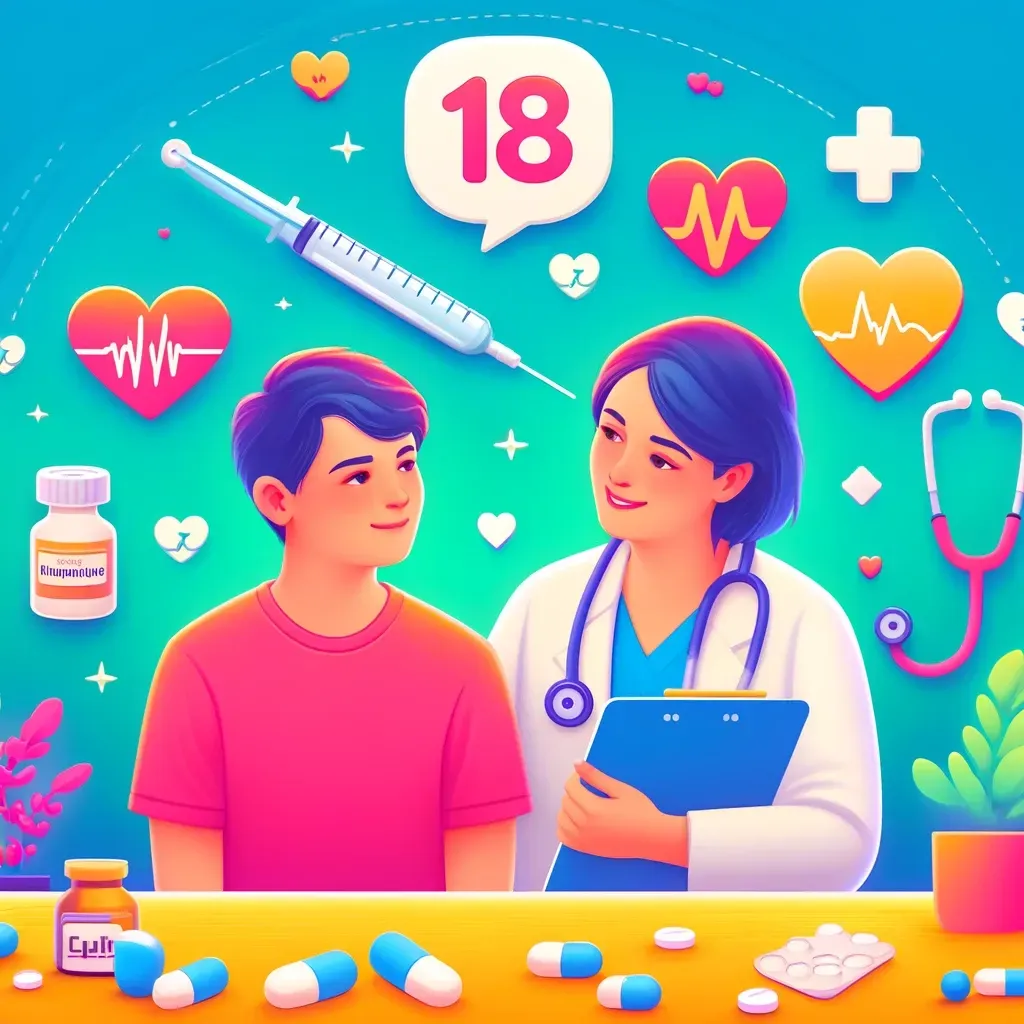
Buprenorphine in Pediatric Care: Exploring Its Use in Under-18 Patients
Buprenorphine in Pediatric Care: Exploring Its Use in Under-18 Patients

Buprenorphine, widely known for its role in treating opioid addiction in adults, is also being explored as a potential treatment option for patients under 18. While the application of this medication in children and adolescents remains an evolving field, recent studies have shed light on its efficacy and safety in younger populations.
Buprenorphine/Naloxone for Opioid Use Disorder
In a recent study, researchers compared rapid micro-induction and standard induction of buprenorphine/naloxone for treating opioid use disorder. This study, involving participants 19 years and older, showcased the potential of buprenorphine/naloxone as a therapeutic option for opioid-dependent individuals (Home - ClinicalTrials.gov). Although the study involved older adolescents, it provided a foundation for exploring similar approaches in younger patients.
Buprenorphine Patches for Pain Management in Children
Buprenorphine patches were examined in children aged 2 to 16 who experienced chemotherapy-induced mouth pain. This study evaluated the pharmacokinetics and tolerability of the patches, revealing buprenorphine's potential as an effective pain management solution (Home - ClinicalTrials.gov). The findings emphasized the importance of tailored approaches in pediatric care, especially for children undergoing chemotherapy.
Buprenorphine for Neonatal Abstinence Syndrome
A groundbreaking study by Thomas Jefferson University explored the use of buprenorphine to treat neonatal abstinence syndrome. The researchers compared buprenorphine with oral morphine in newborns, highlighting its safety and potential in this vulnerable population (Home - ClinicalTrials.gov). This study showcased the promise of buprenorphine in addressing neonatal opioid withdrawal symptoms.
Outpatient Opiate Detoxification in Adolescents
The University of California, Los Angeles, conducted a study comparing buprenorphine/naloxone with clonidine for outpatient opiate detoxification in individuals as young as 15 years old. This research demonstrated buprenorphine/naloxone's efficacy in helping adolescents through detoxification (Home - ClinicalTrials.gov). The study underscored the need for effective detoxification strategies for young patients.
Conclusion
These studies highlight the diverse applications of buprenorphine in younger populations, ranging from neonatal abstinence syndrome to opioid use disorder and pain management. While further research is needed, these findings pave the way for safer and more effective treatments for pediatric patients dealing with opioid-related issues.
Buprenorphine has been studied in a few trials involving patients under 18 years old. One study focused on rapid micro-induction and standard induction of buprenorphine/naloxone in patients as young as 19 years old to treat opioid use disorder (Home - ClinicalTrials.gov). Another study evaluated the pharmacokinetics and tolerability of buprenorphine patches in children aged 2 to 16 years who experienced chemotherapy-induced mucositis and mouth pain (Home - ClinicalTrials.gov). The trial showed promise for buprenorphine as an effective pain management option for children.
A study conducted by Thomas Jefferson University explored buprenorphine's potential for treating neonatal abstinence syndrome, comparing it to oral morphine solution in newborns (Home - ClinicalTrials.gov). Additionally, a study at the University of California, Los Angeles, compared buprenorphine/naloxone with clonidine for outpatient opiate detoxification in individuals as young as 15 years old (Home - ClinicalTrials.gov).
These studies show that buprenorphine has been evaluated for its efficacy and safety in younger populations, though further research is warranted to better understand its full potential in children and adolescents.
Contact US Today if you or a loved one needs help fighting their addiction with Opioids.
Dr. Lwin / HWOANY
1-888-996-LWIN (5946)